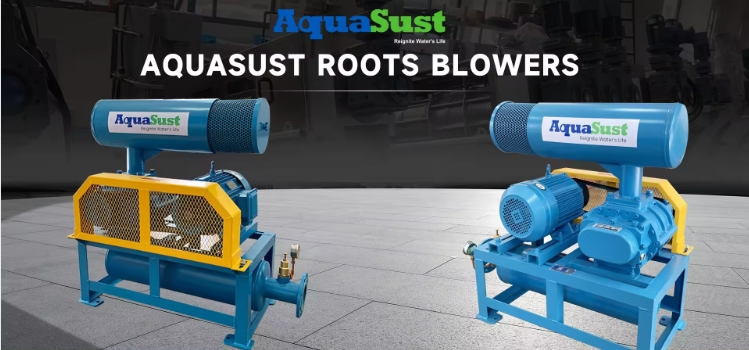 +86-15267462807
+86-15267462807

Roots blower is a common mechanical equipment widely used in water treatment systems. Its main function is to provide stable airflow to assist aeration and oxygen transfer process. In order to maximize the role of Roots blower in water treatment process, we need to optimize it from multiple aspects such as selection, installation, operation and maintenance. This article will introduce in detail how to achieve the best results through these measures.
1. Reasonable selection of models and specifications
Choosing the right Roots blower model and specification is the basis for ensuring its efficient operation. Different water treatment systems have different requirements for air flow and pressure, so precise selection is required according to specific needs. Here are some key steps:
Demand analysis: Analyze the air flow and pressure requirements of the system in detail to ensure the accuracy of the selection.
Consulting experts: Communicate with suppliers or engineers and select equipment with the help of professional advice.
2. Optimize installation location and environment
The installation location and environmental conditions of Roots blower have an important impact on its performance and life. To ensure the best operation effect, the following points should be noted:
Choose a dry and well-ventilated location: avoid high temperature, high humidity and dust environment.
Reasonable layout of pipelines: reduce air flow resistance and energy loss, avoid sharp turns and long-distance transmission.
Install dust filter device: clean and replace the filter regularly to keep the air inlet clean.
3. Accurate control of operating parameters
Real-time monitoring and adjustment of air flow and pressure to ensure that the fan operates under optimal conditions is an important means to improve its performance. The following measures can help achieve this goal:
Install online monitoring equipment: real-time monitoring of the fan's operating parameters (such as air flow, pressure, temperature, etc.).
Automation control system: automatically adjust the fan's operating status according to monitoring data.
Use frequency converter: adjust the motor speed, adjust the fan's operating status according to actual needs, and save energy.
4. Regular maintenance and care
Regular maintenance and care are the key to ensuring the long-term and stable operation of Roots blowers. Developing a detailed maintenance plan and executing it on time can prevent failures and performance degradation:
Check key components: regularly check and maintain the lubrication system, cooling system and transmission system.
Lubrication and cooling: use high-quality lubricating oil and coolant, replace and check on time.
Establish maintenance files: record the specific content and results of each maintenance and care.
5. Reduce vibration and noise
Excessive vibration and noise not only affect the service life of the fan, but also affect the working environment. Vibration and noise can be effectively reduced through the following measures:
Install vibration reduction devices and silencers: reduce vibration transmission and noise.
Regularly check the vibration reduction device: ensure its effectiveness and replace worn parts in time.
6. Train operators
The professional level and sense of responsibility of the operator directly affect the use effect of the Roots blower. Regularly training operators to ensure that they are familiar with the operating procedures and precautions of the equipment is an important means to improve the performance of the equipment:
Prepare an operation manual: provide detailed operating guides and maintenance manuals.
Organize training courses: Conduct professional training regularly to improve the technical level of operators.
Conclusion
The use effect of Roots blowers in water treatment can be significantly improved by reasonably selecting models and specifications, optimizing installation locations and environments, accurately controlling operating parameters, regular maintenance and maintenance, reducing vibration and noise, training operators, and implementing intelligent monitoring and management. The above strategies can not only improve treatment efficiency, but also extend the service life of the equipment, reduce operating costs, and ensure the long-term stable operation of the system.